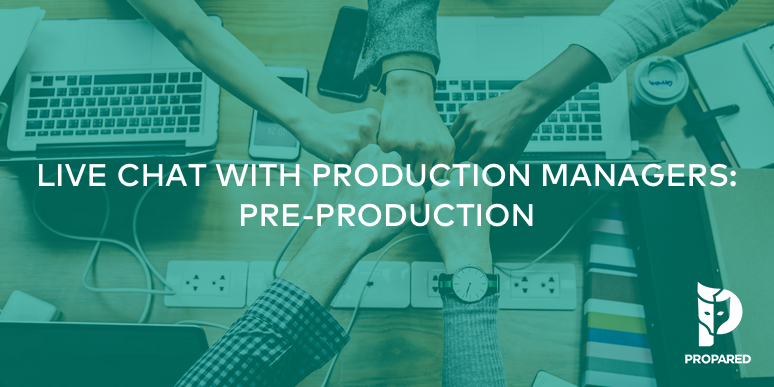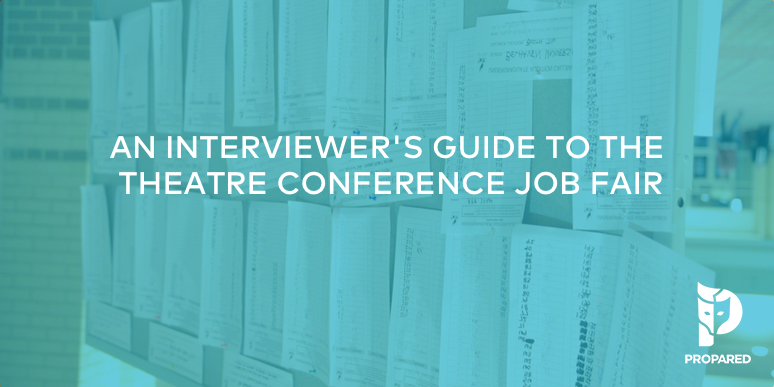
If you’d told me ten years ago that I’d be building software, I’d have laughed. Hard. I’m an event and theatre geek through and through. I’ve been producing events for over 15 years and I can’t imagine a more fun, exhilarating way to earn a living. But here I am, a still-active production manager running an event software company. How did that happen? That’s a story for another time. Let’s just say for now that maybe I’m a bit of a software geek, too!
Getting into software development expanded my worldview. And introduced me to the Agile Methodology. It has revolutionized not just the way we make our product but the way I now run my event company. More on that in a moment.
What do I mean by “expanded worldview?” When you work in events, it’s easy to get a little tunnel vision. A project can be intense and require a bit of adjustment once it’s complete (crash day, anyone?) Then a new project comes along and the process starts all over. And when you’re constantly looking for the next gig, it’s hard to lift your eyes and look around.
Once I started working on an event management software platform, I suddenly had all this access to new workflows and systems. I got to see how software developers operate, how remote teams get things done, and how managers keep their teams on task and budget. And everything I saw seemed so applicable to event management work.
I found myself taking software work methodology to my production team, in the form of the Agile method. Here’s an introduction to what it is, how it works in practice, and how it is actually the perfect operational framework for your event company.
1. A (Very Brief) History of Software Development Part 1 – The Waterfall Method
There are a lot of great resources out there if you really want to brush up on your understanding of the software development timeline. Here’s the main point; over the past 60 odd years, how developers build the programs and apps we love has changed dramatically.
The most well-known process of old is the Waterfall method, coined in 1970. It was likely already in practice under different monikers for many years prior. This method is so called because of the “falling forward” nature of the process. Once one phase is complete, you must move on to the next. You cannot go back upstream. Unless you’re salmon. But then, you’re probably not building software.

(source: Github)
It seems pretty straightforward, right? There are definitely some steps in there that feel like a familiar part of an event planning checklist. Gather your requirements, design an event, build it, measure it, and then maintain it.
2. Waterfall in Events
The problem is this; how many times have the requirements for an event changed after you’ve started designing? Or design elements shift in the middle of a venue load in? Probably a fair number.
Using the Waterfall method, your event project management might not be able to handle such challenges. If a client’s needs change, or an unforeseen contingency requires a shift in planning, you’d be unable to adjust. Not until after the event was over. By then, your relationship with that particular client has come to end, maybe forever if it was a bad outcome. Sure, you could debrief what happened, learn from mistakes, and do better on the next event. But that doesn’t help the client you just disappointed.
3. A (Very Brief) History of Software Development Part 2 – Enter The Agile Method
Flash forward to the 1990s. Many industries, not just software, are growing increasingly unhappy with Waterfall. Why? The process was much too long from ideation to usable product. The requirements were so complex (can’t go backwards, remember?), it would literally take years before a project made it into production. Think about the current state of the event industry. Would something designed today even be relevant if it wasn’t launched until 2019?
Enter the Agile method. In such a process, managers shift focus away from scoping the entirety of a project. Instead, they concentrate on a simple solution with basic features and build on it as they learn. This allows companies to better align the development of a product with the changing needs of the market, while making the process for correcting mistakes and adjusting timelines much less costly and much more flexible.

(source: Github)
Like Waterfall, Agile has had several prior iterations and names and its implementation is based around a set of principles that many companies apply in different ways.
4. Agile in Events
Think about your event planning process. Now, strip out the “software speak” from the Agile method and suddenly, it seems awfully familiar, doesn’t it? A cost conscious, iterative framework that allows you to think on your feet, adjust in real time (or as close to real time as you can get), and put the needs of your clients first.
In a lot of ways, event planners are already practicing Agile methods even though you might not be consciously thinking about it. Here are a few of Agile’s core tenets.
-
Continuous Learning
Severe time constraints of a show leave you little time to digest what you’ve learned. And improve for next time! As a result, you often hear frustrating comments from other managers like, “I know it doesn’t work well but that’s how we did it last time.”
Check that thinking at the door. Instead, build into your daily planning a brief period to recap what you learned. Gather a few colleagues together or just do it alone. What worked and why? Are there things that happened today that you can do better tomorrow? Are there things that you’d do differently on the next event?
-
Prioritize
In Agile, long term plans get broken down into individual tasks. These tasks are then listed out on a backlog, which allows the development team to shuffle and prioritize what needs to be done next. Once tasks are chosen, nothing, unless it’s absolutely stop-the-presses necessary should pull you away from those tasks until they are completed.
Often, an event planner’s day-to-day work gets overwhelmed with new projects and emails. The tendency is to respond immediately. Don’t. Again, unless it’s necessary, keep focused on the tasks you’ve already prioritized. Once this period of execution is complete and you’re back in planning mode again, assess the new tasks. Add them to your backlog and readjust your priorities as needed.
-
Accept Imperfection
In theatre and events, perfection is expected. I’m kind of used to that by now. We spend weeks in rehearsal and days in tech getting everything just right for opening. When the show opens, everything has to go as planned because there isn’t a chance for a do-over, right?
Or is there? In Agile software development, the thinking goes, “Get the feature into the hands of your customers, see how it works, gather feedback, and improve it.” While you might not get a do-over for a one-off event, there’s an element of this thinking that we can take back to companies.
Mistakes will happen. The important part is developing processes for reducing their likelihood at future events. To do that, we have to be able to say that it’s ok to make a mistake. We might have less room for error but we can’t pretend they won’t happen. Otherwise we’ll be too paralyzed to fix them in the future.
The event industry is right in the middle of a glorious self-assessment. Many planners, marketers, and managers are turning to new technology to improve outdated processes, all in an effort to improve attendee experiences. And we’re doing this by looking to other industries who’ve lead the charge.
So why not do the same for our planning processes? Learning the Agile development method can help event companies implement more iterative, responsive, and cost effective workflows for their teams and their clients. It’s time to geek out.



